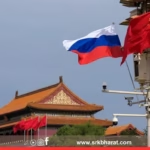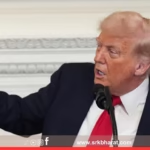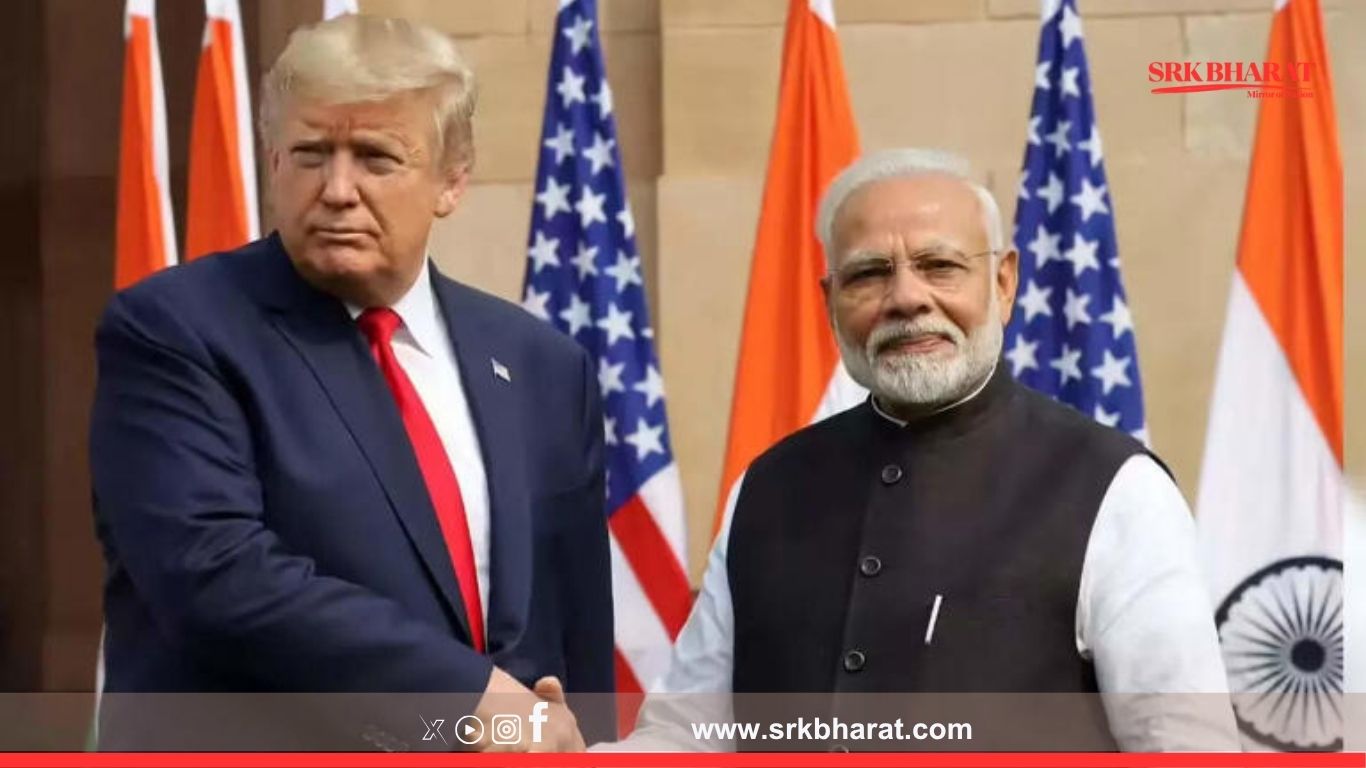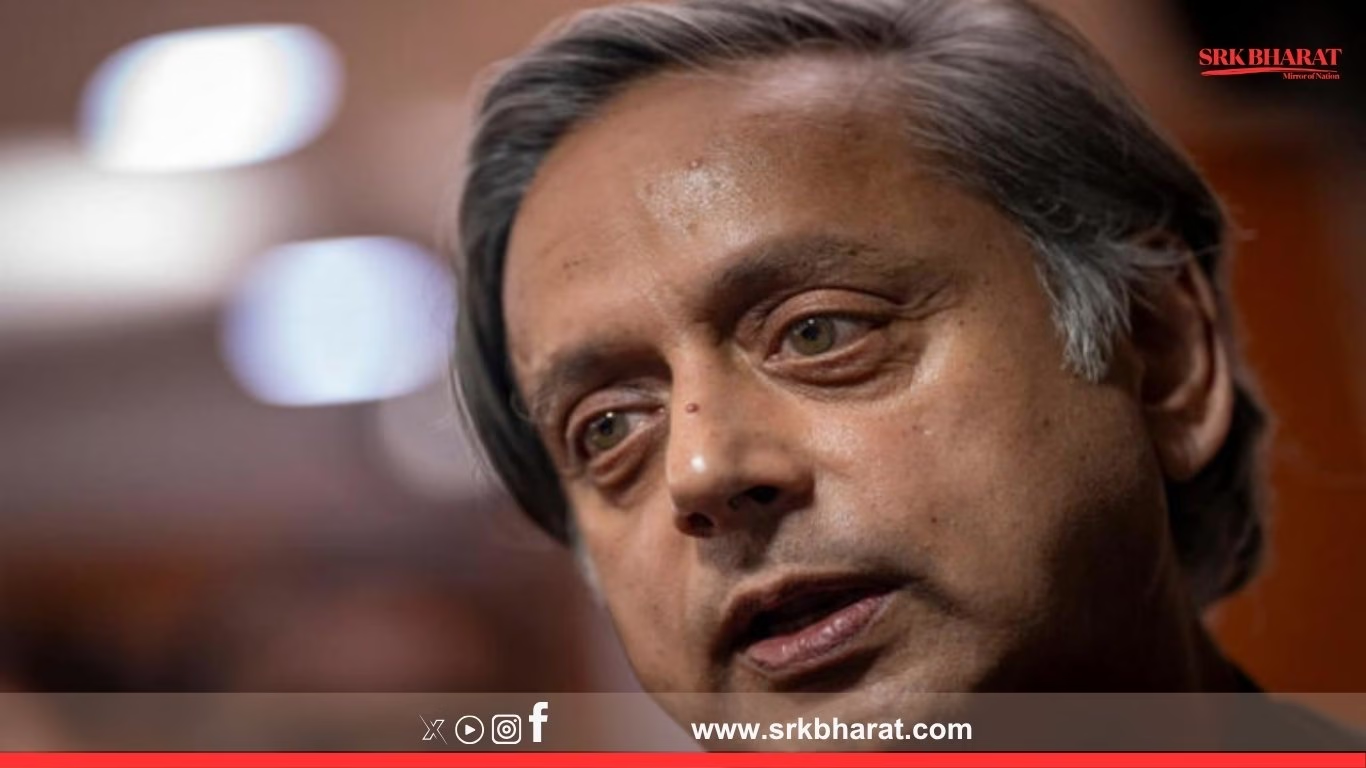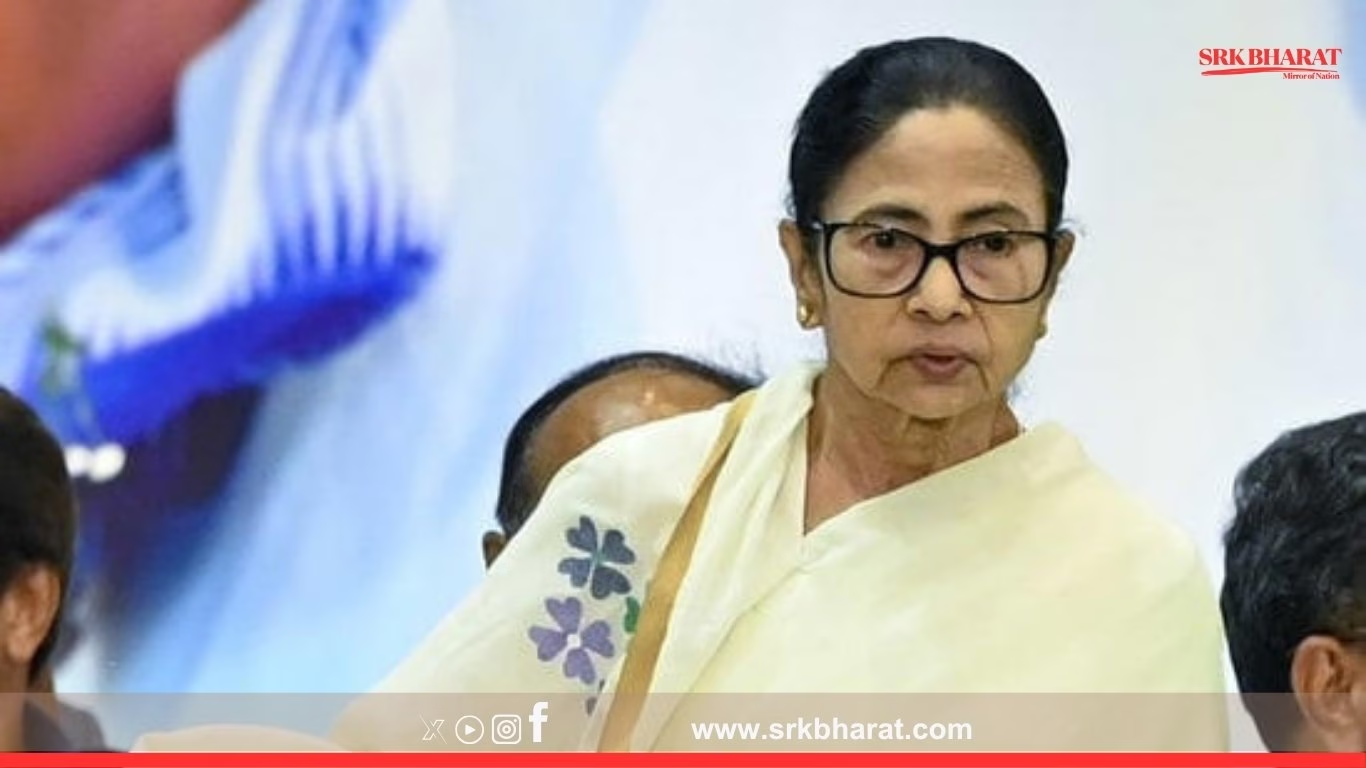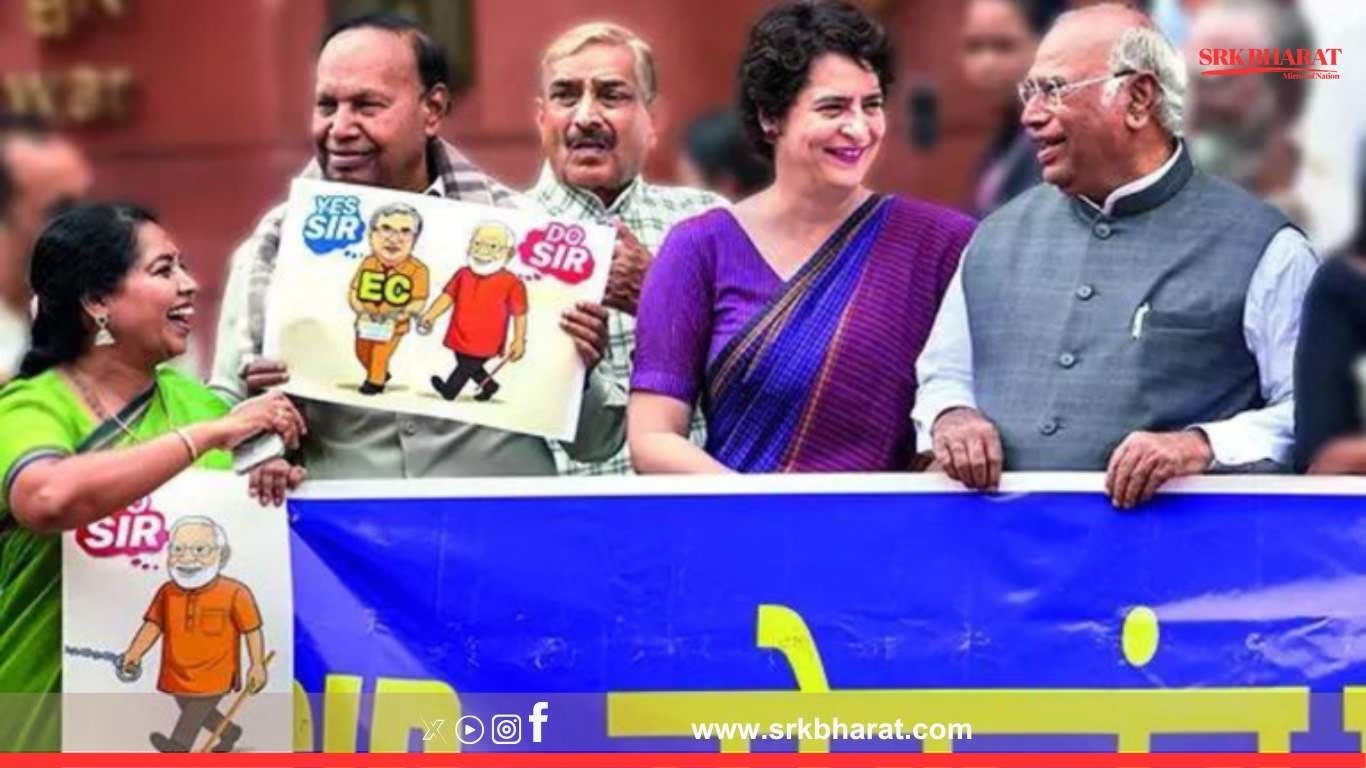In the backdrop of intensifying global trade tensions, India finds itself at a critical juncture in dealing with the United States under former President Donald Trump’s assertive economic policies. As Trump eyes a potential political comeback, his trade policy stance remains focused on extracting concessions from allies to bolster American manufacturing and jobs. This approach has direct implications for India’s trade, investment, and strategic autonomy. However, experts believe that India has both leverage and strategic options to negotiate from a position of strength.
Trump’s Tough Trade Doctrine: The Context
During his presidency, Trump adopted an ‘America First’ economic policy that saw aggressive tariffs imposed on allies and partners. India faced the brunt when the US removed it from the Generalized System of Preferences (GSP) in 2019, impacting $5.6 billion worth of Indian exports that earlier enjoyed duty-free access.
Now, with Trump hinting at further tariff escalations on steel, aluminium, pharmaceuticals, textiles, and IT services, Indian policymakers are evaluating calibrated yet firm strategies to protect national economic interests without jeopardising the broader strategic partnership.
Why India Holds Strong Cards
Despite perceptions of asymmetric power, India possesses significant trade and geopolitical leverage:
- Large Consumer Market – American companies like Apple, Boeing, GE, Amazon, Google, and Walmart rely heavily on India for growth.
- Defence Purchases – India is among the top buyers of US arms, including aircraft, helicopters, and missile systems.
- Strategic Alignment – The US needs India as a counterweight to China in the Indo-Pacific. Any economic alienation could push India closer to Russia and regional coalitions.
- IT Services Dependence – US corporations depend on Indian IT and knowledge services for operational efficiency and competitiveness.
Playing Hardball: Strategic Options For India
1. Assert Reciprocal Tariffs Strategically
India can impose reciprocal tariffs on select American goods where alternative suppliers are available. Potential sectors include:
| American Export To India | Potential Impact Of Indian Tariffs |
|---|---|
| Almonds and other nuts | California farmers’ lobby pressures Washington |
| Harley-Davidson motorcycles | Symbolic hit, limited consumer base in India |
| High-end manufacturing components | Can be substituted from EU or East Asia |
Such targeted counter-tariffs can create influential domestic pressure groups within the US to push for trade resolution.
2. Expand Alternate Trade Alliances
To offset American unpredictability, India can intensify free trade negotiations with:
- European Union – A comprehensive trade agreement to diversify exports.
- United Kingdom – Early harvest trade deals for textiles, jewellery, and pharma.
- ASEAN & Africa – Strengthen South-South trade corridors.
This reduces dependence on the US while signalling alternative markets for Indian products.
3. Tighten FDI Regulations In Sensitive Sectors
India can adopt a stricter review mechanism for American investments in strategic sectors such as:
- Telecom
- Defence manufacturing
- E-commerce data and payments
Such regulatory leverage ensures the US does not view India purely as a passive market but as an assertive economic sovereign capable of enforcing national interest.
4. Reduce Defence Imports, Boost Domestic Manufacturing
Given that India is the largest arms importer from the US in South Asia, recalibrating procurement plans towards:
- Domestic production under Atmanirbhar Bharat
- Joint production with other partners like France, Russia, or Israel
would reduce reliance on US platforms and increase bargaining power in negotiations.
5. Impose Data Localisation Norms On US Tech Giants
Indian regulators can fast-track strict data localisation mandates for American tech giants operating in India. This hits at the core of their profitability models, compelling US policymakers to take a more accommodative trade approach to avoid operational disruptions.
6. Emphasise Strategic Convergence Over Economic Conflict
India can leverage the strategic dimension by highlighting:
- Shared security interests in the Indo-Pacific
- Counter-terrorism cooperation
- Climate and clean energy partnerships
This recalibrates the trade dispute as a potential geopolitical misstep for the US, with implications on its broader regional strategy against China.
Risks Of Playing Hardball
While assertive tactics have benefits, risks remain:
- Potential American retaliation on pharma and IT sectors, impacting Indian exports and jobs.
- Delay in defence technology transfers critical to India’s modernisation.
- Investor sentiment risks if India is perceived as protectionist amid global supply chain realignments.
Thus, while adopting a tough stance, diplomatic backchannels and phased implementation become essential.
Historical Precedents Of India’s Negotiation Success
India has used strategic firmness effectively in past trade conflicts:
- WTO Pharmaceutical Patents Case (2000-2004) – India defended its patent regime while amending IP laws without harming generic manufacturing.
- Civil Nuclear Deal Negotiations (2005-2008) – India balanced sovereignty concerns with international cooperation, securing the deal on its terms.
- Recent Rice Export Ban Adjustments (2023-24) – India imposed rice export bans but provided exceptions to select countries after strategic consultations.
Expert View: Calibrated Assertiveness Is Key
Former Indian ambassadors and trade experts suggest:
“India should not succumb to Trump’s pressure tactics. The best approach is assertive diplomacy backed by readiness for calibrated economic countermeasures that protect Indian jobs, industries, and strategic autonomy.”
The Road Ahead
With the possibility of Trump returning to the White House or exerting influence on Republican trade policies, India’s economic and strategic planners must prepare a comprehensive negotiation playbook that:
- Prioritises national interest over symbolic compromises
- Utilises trade diversification as a structural strength
- Communicates confidently with American counterparts to frame India not as a trade deficit culprit, but as an equal partner in global economic growth.
Conclusion
India’s economic maturity and geopolitical significance give it the tools to engage assertively with Trump’s transactional trade approach. By employing a mix of reciprocal tariffs, alternative alliances, regulatory leverage, and strategic diplomacy, India can safeguard its core interests while ensuring the Indo-US partnership remains anchored in mutual respect and long-term strategic convergence.



